Get your dvr, tivo, or dvd recorder ready for this coming Wednesday morn, August 3, at 6 AM eastern daylight time for one of Mr. A’s most delightful (and clever) comedies – THE WORKING MAN (1933). Added bonus: Bette Davis co-stars:

Arliss Alert! THE WORKING MAN on TCM, Wednesday, Aug 3 @ 6am EDT
The Arliss Stock Company – Part One
One of the wonders of the old studio system was its roster of veteran actors and actresses who were under long-term contract and appeared together in numerous films over several years. While George Arliss had no formal stock company, by his own admission he would have cast the same players in every film he made if there were nobody to “control” him, as he put it. Just the same, several actors turned up frequently in the Arliss films but almost always playing vastly different characters than in previous films and having significantly different relationships with Mr. A’s character. This post will focus on the contrasting characters played by some supporting cast members.
Ivan Simpson had performed on stage with Mr. A and in two silent films. With the arrival of sound films in the late 1920s, Simpson enjoyed a long and successful film career in character parts. He was immediately tapped by Mr. A when he reported to Warner Bros. in 1929 to film his stage hit, THE GREEN GODDESS (1930). Simpson repeated his stage role as Watkins, the surly cockney valet to Mr. A’s Rajah of Rukh. We learn that Watkins is a deserter from the British Army, among other faults, and the Rajah delights in ridiculing Watkins for his inherent British “superiority” over other people. Mr. S seems to hold the record at nine appearances in the Arliss films, silent and sound:
 Photo from the 1923 silent film
Photo from the 1923 silent film
Simpson played financier Hugh Meyers, a character modeled after Lionel Rothschild, who privately financed British prime minister Benjamin Disraeli’s purchase of the Suez Canal in 1875:
 Photo from the 1929 film
Photo from the 1929 film
Ivan Simpson’s next appearance with Mr. A is as an octogenerian crony of Old Heythorp in OLD ENGLISH (1930):
Simpson’s final film appearance with Mr. A (they later performed together on radio) seemed to admit him to the pantheon class. In THE HOUSE OF ROTHSCHILD (1934) he and Mr. A are finally brothers, Nathan and Amschel:
 Offscreen, Ivan Simpson was an accomplished sculptor. Here he spends his free time productively between filming scenes for DISRAELI during the summer of 1929:
Offscreen, Ivan Simpson was an accomplished sculptor. Here he spends his free time productively between filming scenes for DISRAELI during the summer of 1929:

Doris Kenyon became popular in films by 1917 and was a genuine star during the 1920s. After her marriage to fellow star Milton Sills, they appeared together in many films. In 1922, Mr. A and Kenyon played father and daughter in THE RULING PASSION, now a lost film but remade by Mr. A in sound as THE MILLIONAIRE (1931):

Nine years later, Mr. A and Kenyon are husband and wife in ALEXANDER HAMILTON (1931). Kenyon’s husband, Milton Sills, died suddenly in September 1930 (ending what appeared to be a successful transition from silent to sound films) and she intended to retire. But Mr. A persuaded her to return to work:

Then Kenyon plays courtesan Madame De Pompadour to Mr. A’s elderly philospher at the Court of Louis XV in VOLTAIRE (1933):

Dudley Digges worked on the production side of the theater and functioned as Mr. A’s stage manager in the 1910s. Digges directed the stage version of ALEXANDER HAMILTON in 1917 and played a role as well. Thus bitten by the acting bug, he became an actor but retained his considerable experience in staging. Here Digges plays the corrupt Senator Roberts, based on the real-life William B. Giles, to Mr. A’s ALEXANDER HAMILTON (1931):

A dignified Dudley Digges is the Lord Chamberlain to Mr. A’s reluctant monarch in THE KING’S VACATION (1933). Digges is best remembered today for two film roles: the police inspector who tracks down THE INVISIBLE MAN (1933), and the drunken ship’s doctor in MUTINY ON THE BOUNTY (1935):

Alan Mowbray is remembered mainly as a portly and comical character actor in the 1940s and 50s, including a fair amount of television work. But in his earlier (and slimmer years) he appeared in three Arliss films. Here a heavily made-up Mowbray as George Washington towers over Mr. A:

Mowbray is the villainous Count DeSarnac who devotes himself to seeing Voltaire sent to the Bastille. Here he seems to have the upper hand as King Louis XV (Reginald Owen) expresses his anger over Voltaire’s play:

Speaking of Reginald Owen, although he appeared in only two Arliss films, his majestic Louis XV of VOLTAIRE contrasted significantly with his somewhat obsequious role in THE HOUSE OF ROTHSCHILD. Playing Herries, the Chancellor of the Exchequer, Owen pleaded with Nathan Rothschild to loan more money to the Allies to battle Napoleon. Another member of the stock company here is Florence Arliss, who had a total of six appearances (she appeared in no other films except Mr. A’s). Unlike the other members of the stock company, Mrs. A unvarying role was to play Mr. A’s screen spouse in five films:

Doris Lloyd can been spotted playing maids or titled dowagers in numerous films from the 30s through THE SOUND OF MUSIC (1965). But earlier, Lloyd played substantial roles in the Arliss films. Here Lloyd is Mrs. Travers, the charming spy for Russia who ingratiates herself into Disraeli’s household:

Here Lloyd is the worrisome Mrs. Lorne, a struggling novelist who has two children “under the rose” (i.e., out of wedlock) by old Heythorp’s deceased son. Their respective characters between DISRAELI and OLD ENGLISH (1930) could not have been more different:

David Torrence was the first actor to play stuffy Lord Probert in the Montreal tryout for DISRAELI in 1910. Apparently, Torrence did not appear with the Arliss stock company until he resumed his role of Lord Probert in the 1929 sound film. Thereafter, he continued to play in Arliss films, adding a dignity to otherwise disagreeable characters:

How many members of the Arliss stock company can you find in this photo? While Mr. A gives advice to newcomer Margaret Lindsay, behind beards, veils and wigs are Ivan Simpson, Doris Lloyd, David Torrence, and Douglass Dumbrille (who will be discussed in Part 2):

Arliss Archives Announces New Companion Site
The Arliss Archives is pleased to announce the establishment of a companion site called OLD HOLLYWOOD IN COLOR. Why? Please visit our new site for the details and to subscribe so you won’t miss a single post. http://OldHollywoodinColor.com
In the meantime, watch for our newest post on the Arliss Archives titled THE ARLISS STOCK COMPANY – PART ONE. Thanks.
A Special Tribute for the Fourth Of July – Alexander Hamilton (1931)
The best playwrights in the United States offered new works to George Arliss after his five-year run in DISRAELI. After a few false starts, Mr. A settled on a fledgling effort written by a housewife in upstate New York named Mary Hamlin. She wrote extensively about her collaboration with Mr. A, both on the 1917 play, HAMILTON, and later the 1931 film version retitled ALEXANDER HAMILTON. This post will focus on the Warner Bros. film and Hamlin’s contemporary letters from Hollywood to her NY home, and her later memoirs.

Hamlin participated in story conferences that producer Darryl Zanuck ran roughshod over with his non-stop talk and his haywire ideas, most of which he forgot about. One idea stuck – to open the film with Gen. George Washington making his Farewell Address to his troops at the end of the Revolutionary War in 1783:

Alan Mowbray was hired to play Washington, his first of three Arliss films. Hamlin recalled that Mowbray refused to rehearse his part in front of Mr. A and performed only for filming.
The studio had planned to film Mr. A’s first starring success, THE DEVIL, from 1908. But he disliked the play by 1931 and Warners went scurrying for another vehicle. Zanuck was unaware of the HAMILTON play that Arliss had co-authored with Hamlin, but when he learned of it insisted that it be filmed. Mr. A felt he was much too old for the role but Zanuck waved aside his objection.
 Here Washington tells Hamilton he wants to return to Mount Vernon to live out his days in peace, but Hamilton tells him he has other plans.
Here Washington tells Hamilton he wants to return to Mount Vernon to live out his days in peace, but Hamilton tells him he has other plans.
Eight years later in 1791, the temporary capital of the U.S. is located in Philadelphia; Washington is the first President and Hamilton is the first Secretary of the Treasury. He is also married to Betsy, played by silent screen star Doris Kenyon:

But Hamilton has determined political opponents in James Monroe (Morgan Wallace) and Thomas Jefferson (Montagu Love), who adamantly oppose Hamilton’s plan to establish a strong central banking system fearing it will encroach on the sovereignty of the states:
 Although Monroe and Jefferson could hardly be portrayed as villains, Mr. A cleverly cast Wallace and Love, two well-known supporting actors who specialized in playing bad guys, in the roles to subliminally influence the audience’s perception of these characters.
Although Monroe and Jefferson could hardly be portrayed as villains, Mr. A cleverly cast Wallace and Love, two well-known supporting actors who specialized in playing bad guys, in the roles to subliminally influence the audience’s perception of these characters.
Jefferson and Monroe need Hamilton’s support to locate the Capitol in the South, believing that he will champion his home state of New York. Senator Roberts (Dudley Digges), seated in the middle, has a personal grudge against Hamilton who refused to support his nomination for ambassador to France:

Monroe, Jefferson and Roberts confer with Hamilton about his “Assumption” bill whereby the federal government would assume the states’ obligations to pay the Revolutionary War veterans their pensions, and also about Jefferson’s “Residency” bill to establish the U.S. Capitol:

Jefferson knows that without Hamilton’s support, the Capitol will not be located in the South. They agree to a compromise – the Capitol will be located on the Potomac by northern Virginia, in return for Monroe and Jefferson’s support of Hamilton’s “Assumption” bill to create a federal banking system that will pay the veterans’ pensions:

But Sen. Roberts incites a crowd against Hamilton, saying that he won’t help them. When Hamilton appears, one man throws a rock nearly hitting him:
 Charles Middleton is the tall actor on the left who was apparently slated to play Chief Justice John Jay, but appeared only in this uncredited role.
Charles Middleton is the tall actor on the left who was apparently slated to play Chief Justice John Jay, but appeared only in this uncredited role.
Hamilton learns that his assailant was incited by Sen. Roberts. He also learns the man is a War veteran and jokes, “You must have been a sharpshooter because you nearly got me.” He orders the man released:
 Hamlin said this unidentified actor had a wife who was dying in the hospital but he needed the job to pay the bills. Once his scene with Mr. A was completed, a studio car took him directly to the hospital.
Hamlin said this unidentified actor had a wife who was dying in the hospital but he needed the job to pay the bills. Once his scene with Mr. A was completed, a studio car took him directly to the hospital.
The jeering crowd now has only cheers for Hamilton:

Betsy’s father, old Gen. Schuyler, arrives with news that her sister in England is seriously ill and is calling for her. Betsy sails for England leaving her beloved husband:
 Veteran screen actor Lionel Belmore plays “old” Gen. Schuyler but Belmore was only a year older than Mr. A.
Veteran screen actor Lionel Belmore plays “old” Gen. Schuyler but Belmore was only a year older than Mr. A.
Ne’er-do-well Reynolds (Ralf Harolde) was fired by Hamilton from the Treasury for dishonesty. He is buying up the veterans “worthless” pensions for pennies on the dollar in the hope that the federal government will eventually redeem them at full value. Reynolds suggests to Sen. Roberts how Hamilton’s reputation can be destroyed and his political career ended:
 Hamlin noted that Dudley Digges (Sen. Roberts) had directed the 1917 stage version of HAMILTON and also played the part of Reynolds on the stage.
Hamlin noted that Dudley Digges (Sen. Roberts) had directed the 1917 stage version of HAMILTON and also played the part of Reynolds on the stage.
Late one night during Betsy’s extended absence, a young woman (June Collyer) calls on Hamilton. She claims she is the widow of a War veteran and is impoverished. She asks if she can obtain a loan from the Treasury:

Hamilton takes pity on the lonely widow and makes her a personal loan. He walks her home but then…..

A reception is given to celebrate Betsy’s return home. Reynolds turns up as an uninvited guest to blackmail Hamilton – the lonely widow is in fact Reynolds’ wife!

Sen. Roberts springs the trap to ruin Hamilton – he claims that Hamilton made secret payments to Reynolds to act as his agent to buy up the veterans’ pensions knowing that when the Assumption bill passed Hamilton would enjoy a windfall:
 Hamilton can defend himself only by explaining the real reason for paying Reynolds, as blackmail to hide his affair with Reynolds’ wife.
Hamilton can defend himself only by explaining the real reason for paying Reynolds, as blackmail to hide his affair with Reynolds’ wife.
The conflicting stories become public and Hamilton faces the ruin of his marriage and of his career. But he and Betsy become reconciled to face an uncertain future:

Jefferson, Monroe and the leaders of both political parties assemble to tell Hamilton, or so he fears, of his dismissal from the Government and the defeat of his Assumption bill:

The meeting is interrupted by the arrival of President Washington who personally assures Hamilton of his confidence in him and the news that Congress has passed his Assumption bill.
 Hamilton conveys his gratitude and observes that it doesn’t matter what happens to Alexander Hamilton the man. By passing the Assumption bill, Congress has established the credit of the United States and ensured the future prosperity of the nation. The End.
Hamilton conveys his gratitude and observes that it doesn’t matter what happens to Alexander Hamilton the man. By passing the Assumption bill, Congress has established the credit of the United States and ensured the future prosperity of the nation. The End.
Production Photos:
Even outdoor filming does not interrupt Mr. A’s 4 pm tea break:

June Collyer and Mr. A had only one scene together, part of which was filmed outdoors at night. Here they seem to be standing by waiting for nightfall to film the scene:

Enlarging this photo shows that Mr. A is wearing his famous monocle, in other words he is posing as himself and not in character.
A rare photo with John Adolfi, director of seven of the ten Arliss Warner films. Mr. A shows Doris Kenyon and Adolfi a 200 year-old watch that he wears in the film:
 Mary Hamlin was an expert on early American furniture and supervised the settings used and provided by W&L Sloane Co. Hamlin asked the Sloane manager how much Warner Bros. paid for the furniture and was told that it was being lent to the studio for free in return for a screen credit. When Hamlin asked why the company agreed to this arrangement for only one film, the manager said, “Because it’s a George Arliss film.”
Mary Hamlin was an expert on early American furniture and supervised the settings used and provided by W&L Sloane Co. Hamlin asked the Sloane manager how much Warner Bros. paid for the furniture and was told that it was being lent to the studio for free in return for a screen credit. When Hamlin asked why the company agreed to this arrangement for only one film, the manager said, “Because it’s a George Arliss film.”
Another rare photo of producer Darryl Zanuck with Mr. A on the set. Hamlin learned in time to share Mr. A’s high regard for Zanuck, that despite Zanuck’s verbosity he was something of a genius:

Hamlin and Mr. A corresponded until his death in 1946, and Hamlin later wrote that he was a gentleman in every sense of the word. He insisted that she be paid 75% of the royalties on the play even though he rewrote most of it. Her letters from the studio in 1931 give a fascinating glimpse of the work environment. She was surprised that John Barrymore looked so old and assumed he would no longer be playing leading man roles. She met Noah Beery, Sr., who appeared in the Arliss film, THE MILLIONAIRE (1931). Commenting on Mr. A, Beery said, “He’s such a nice man!” Hamlin’s writings confirm that George Arliss was the prime creative force in his films, but almost never taking credit for anything but his acting.

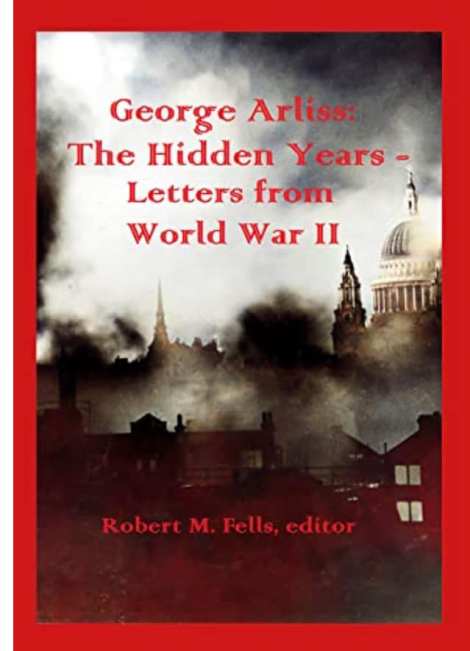
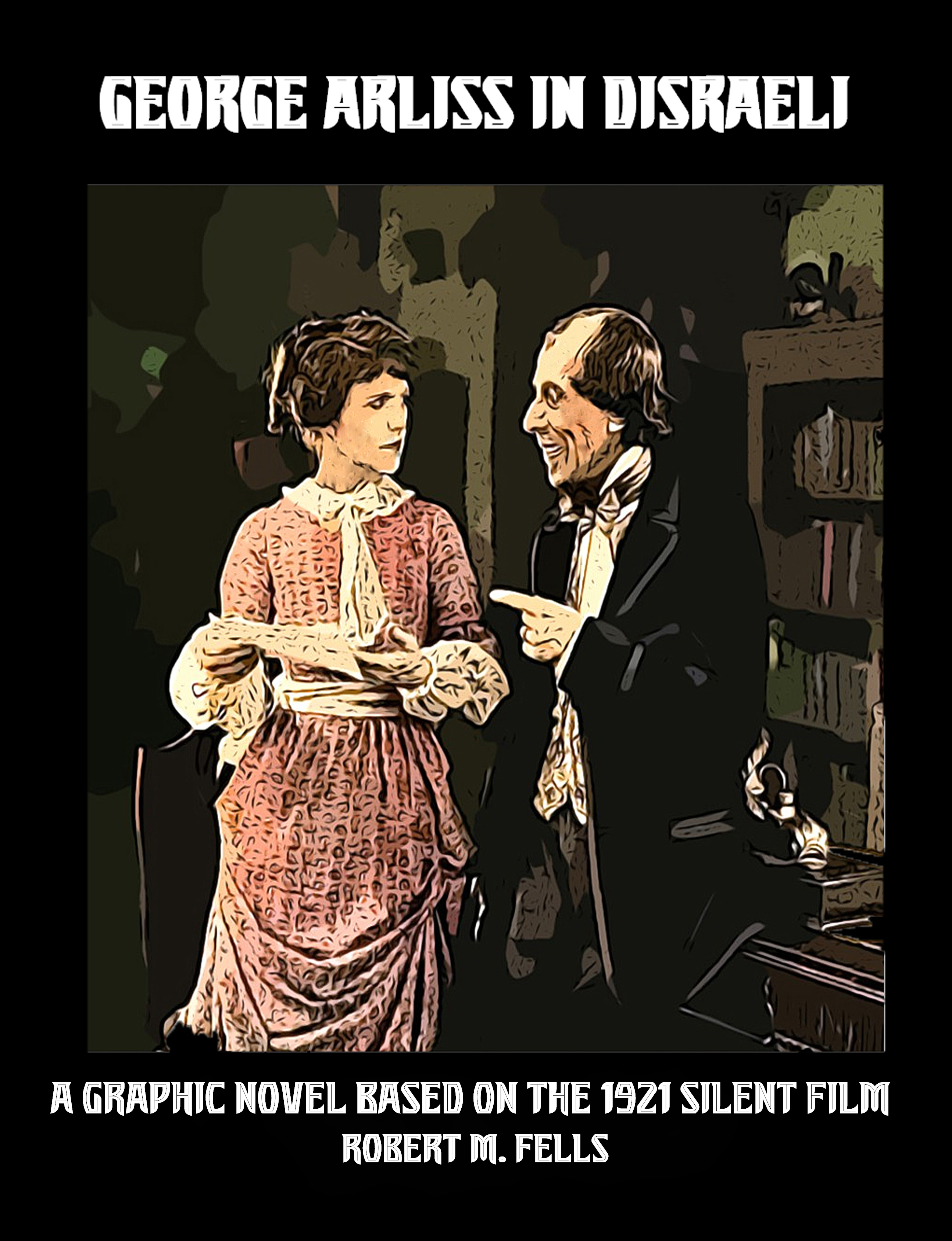
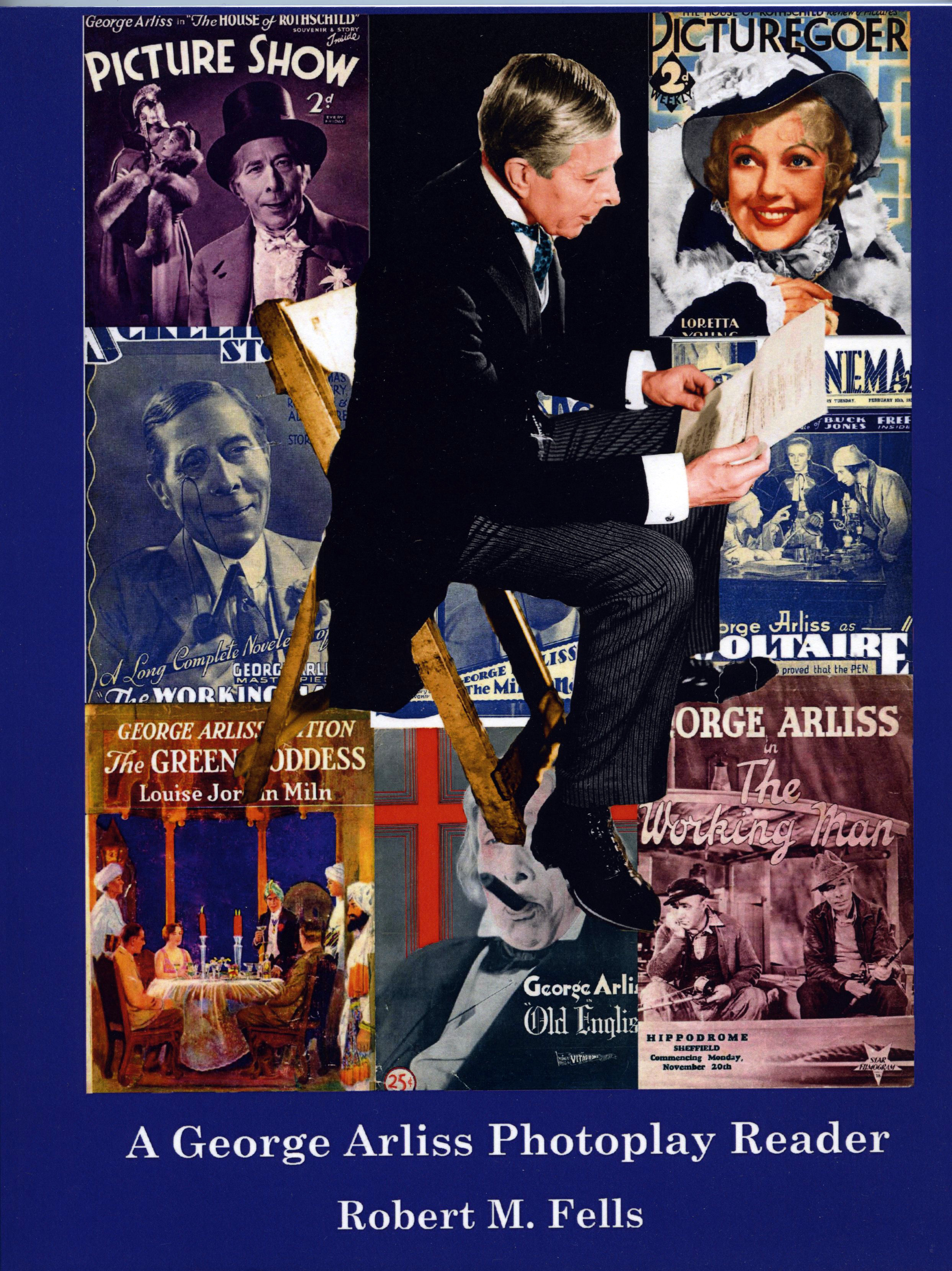

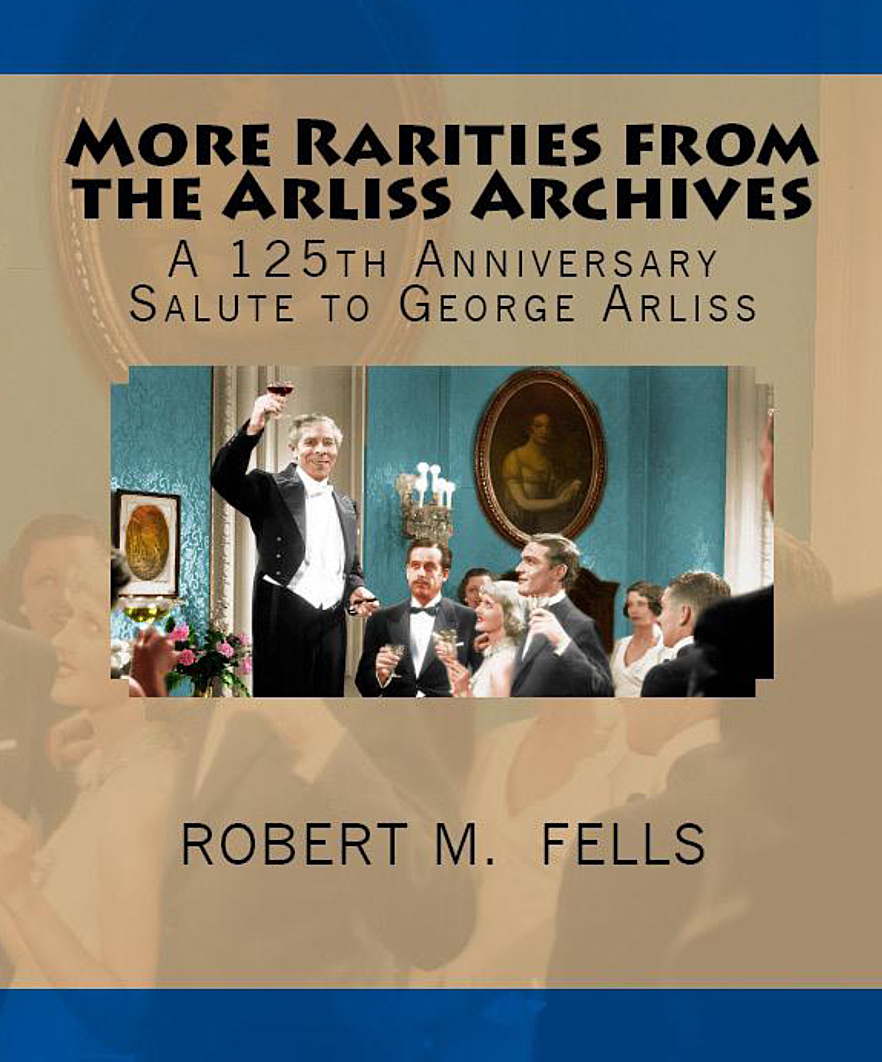
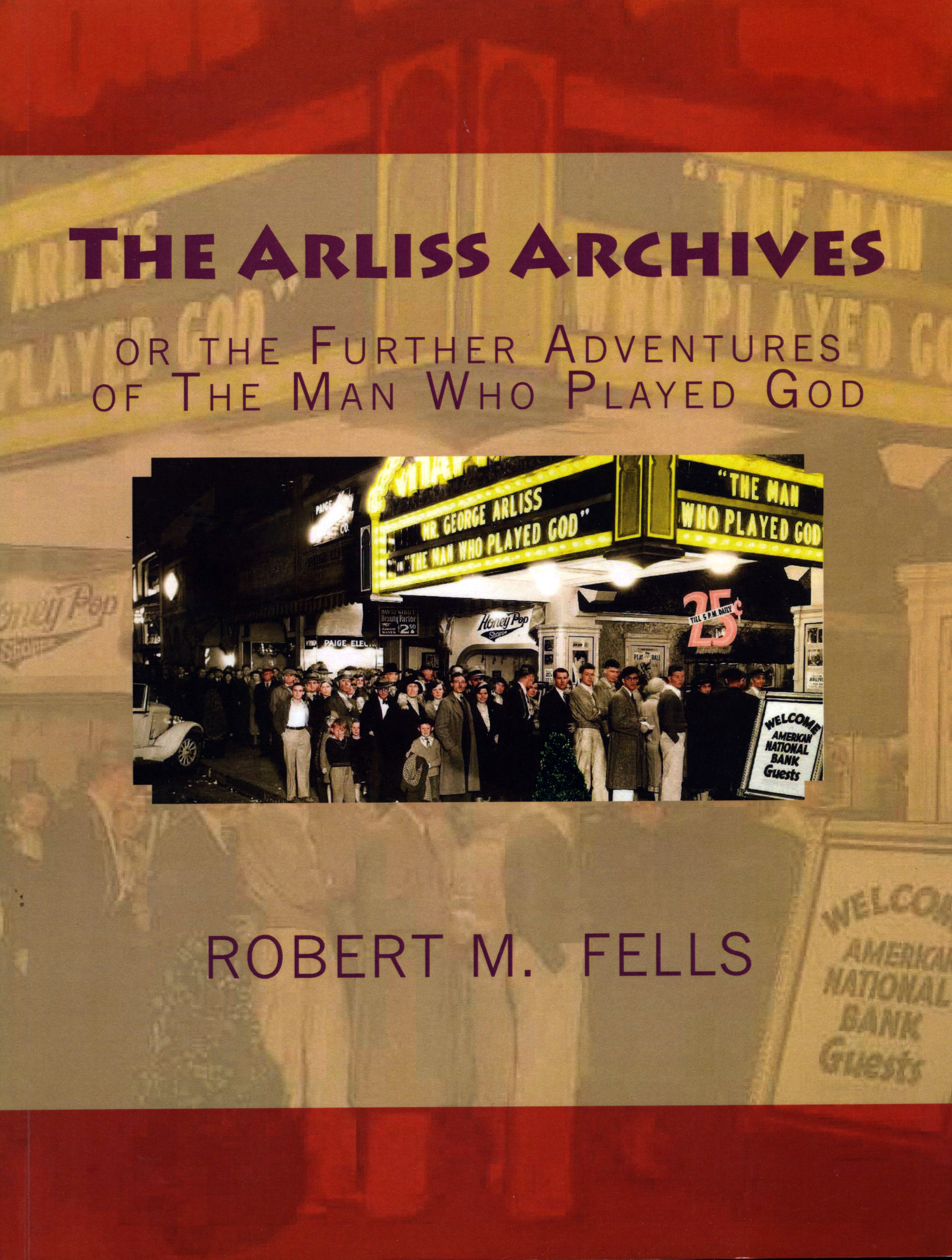
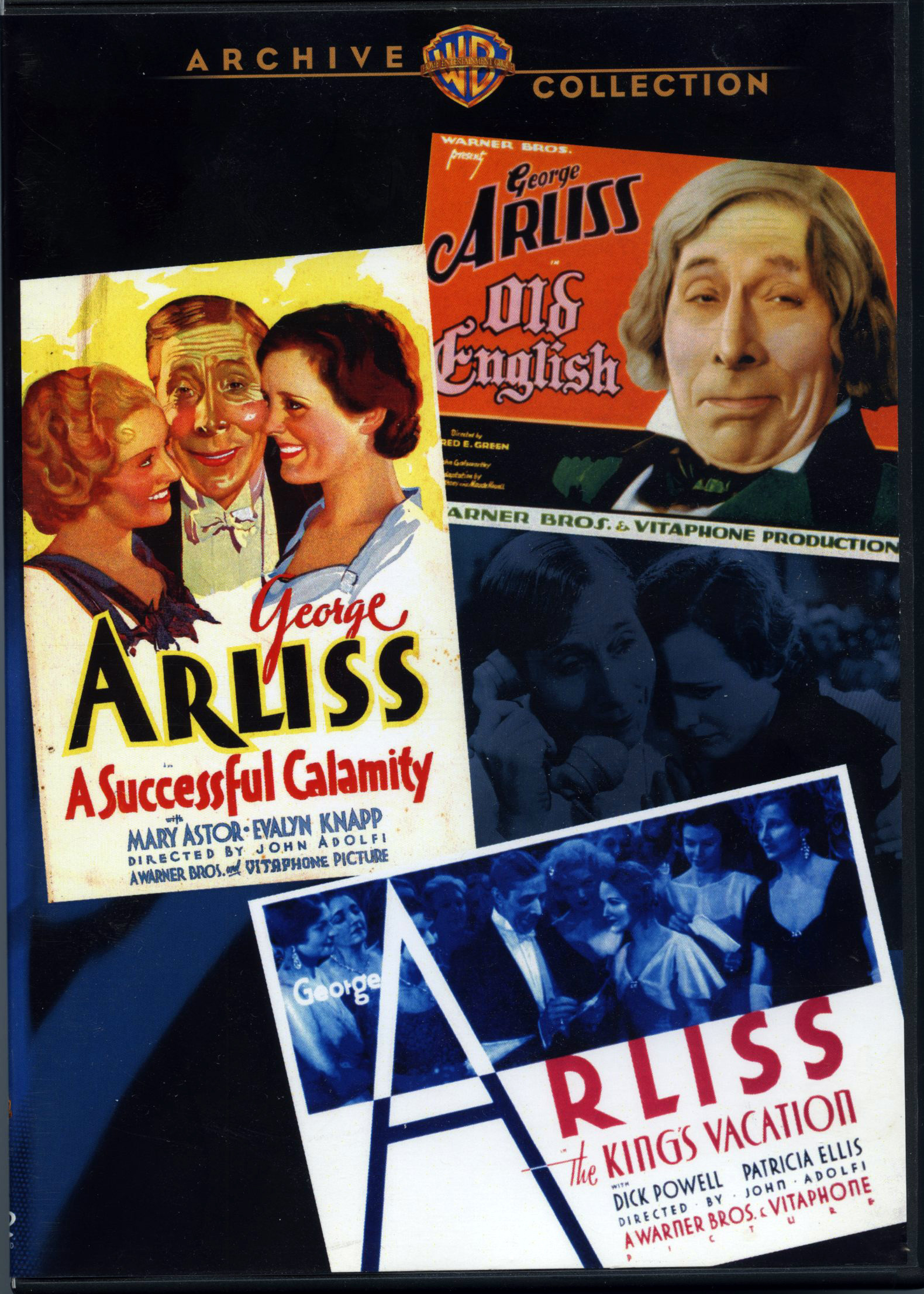




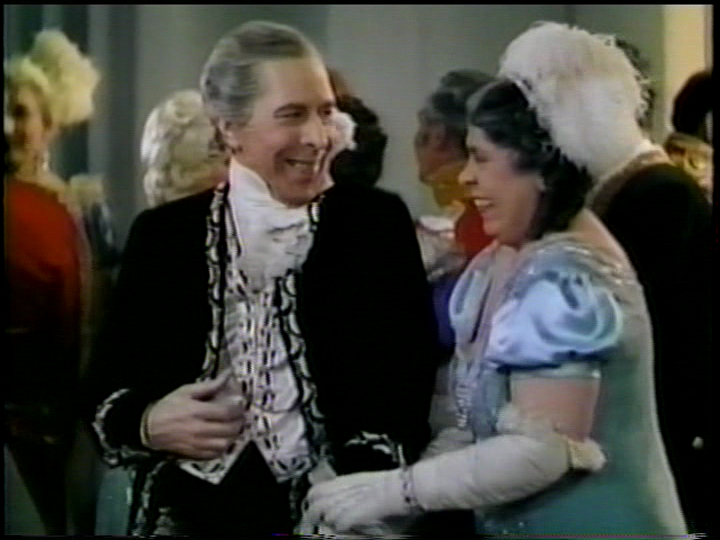

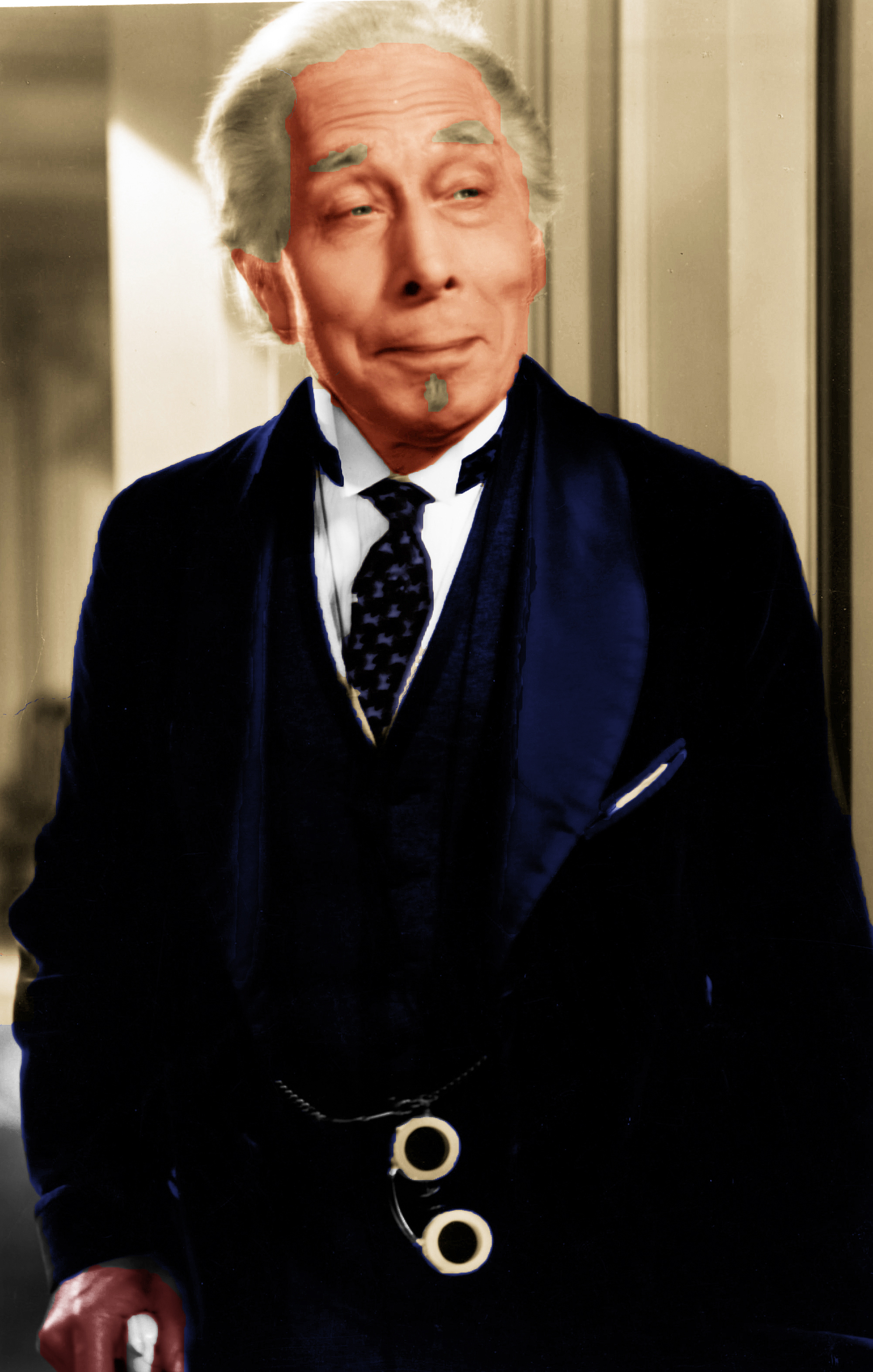
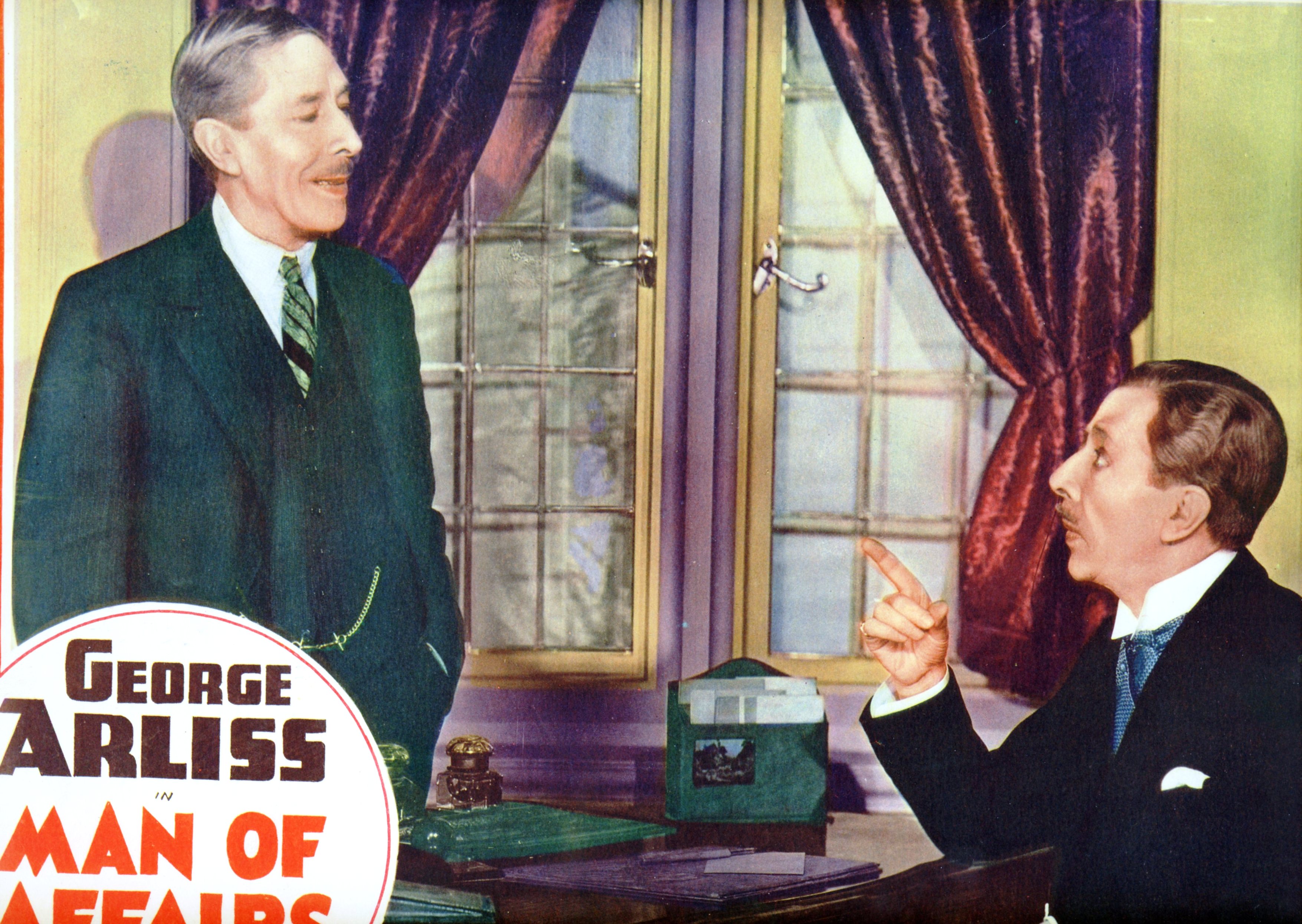

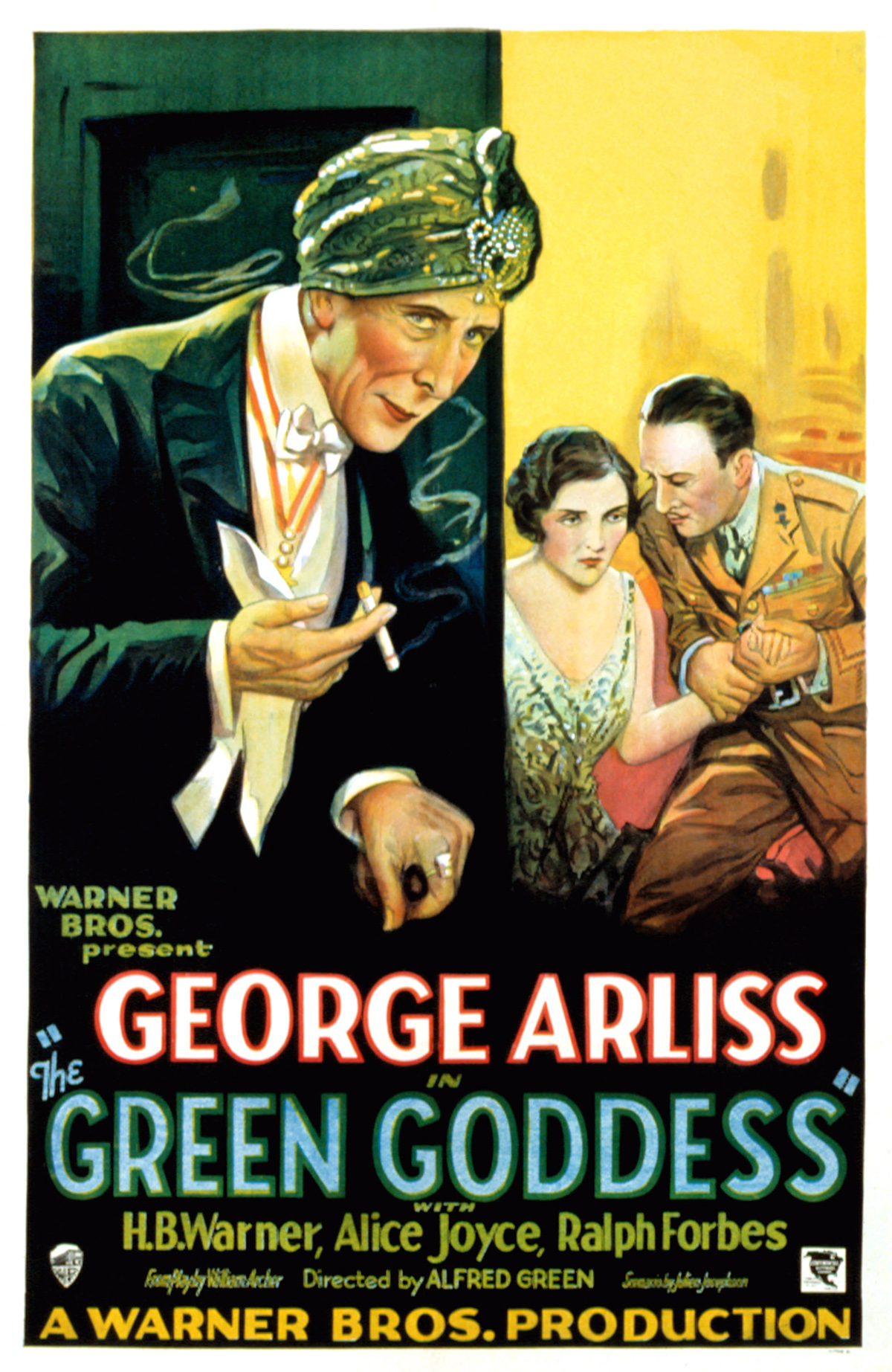
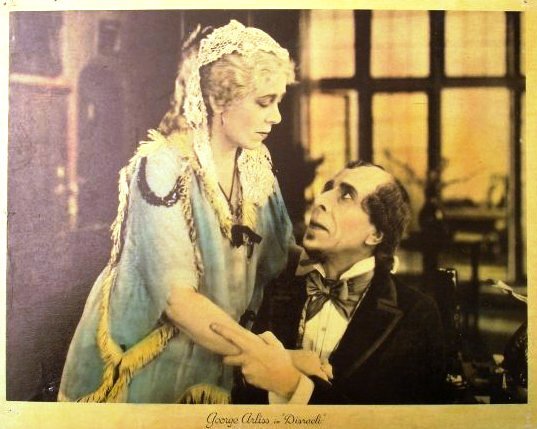

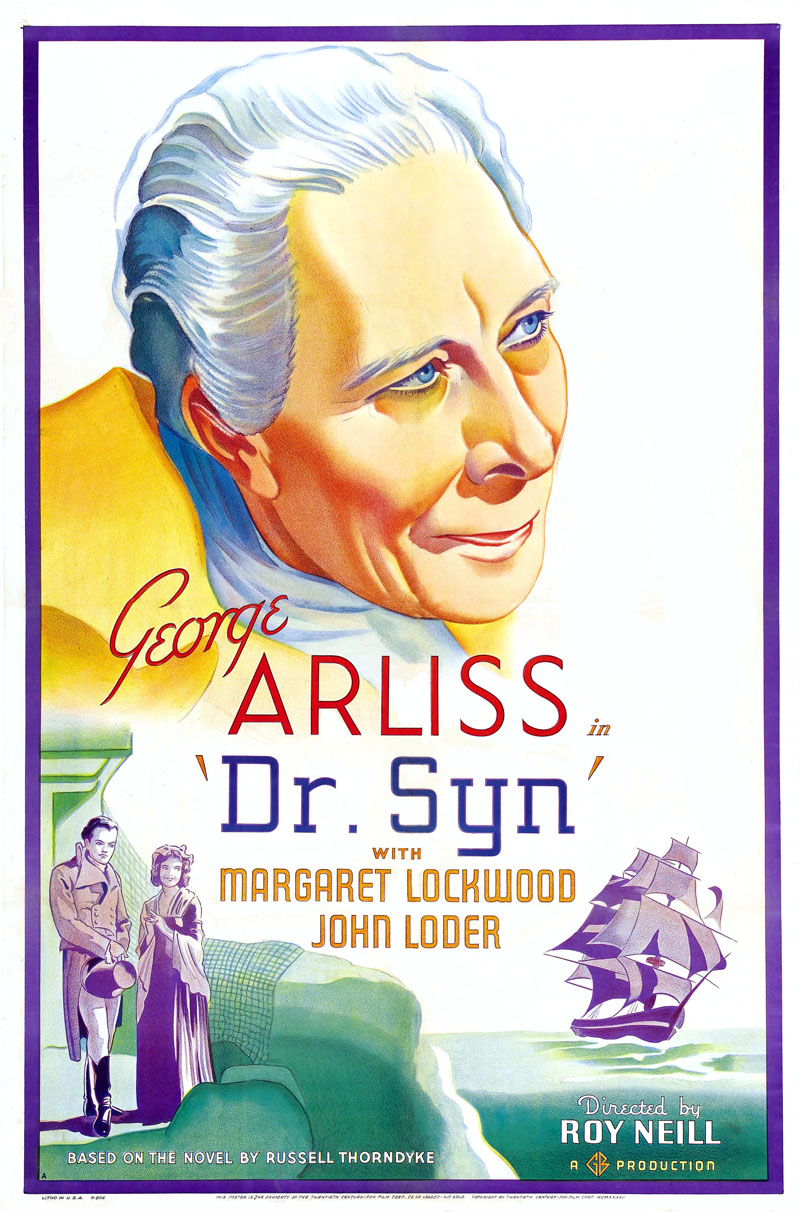
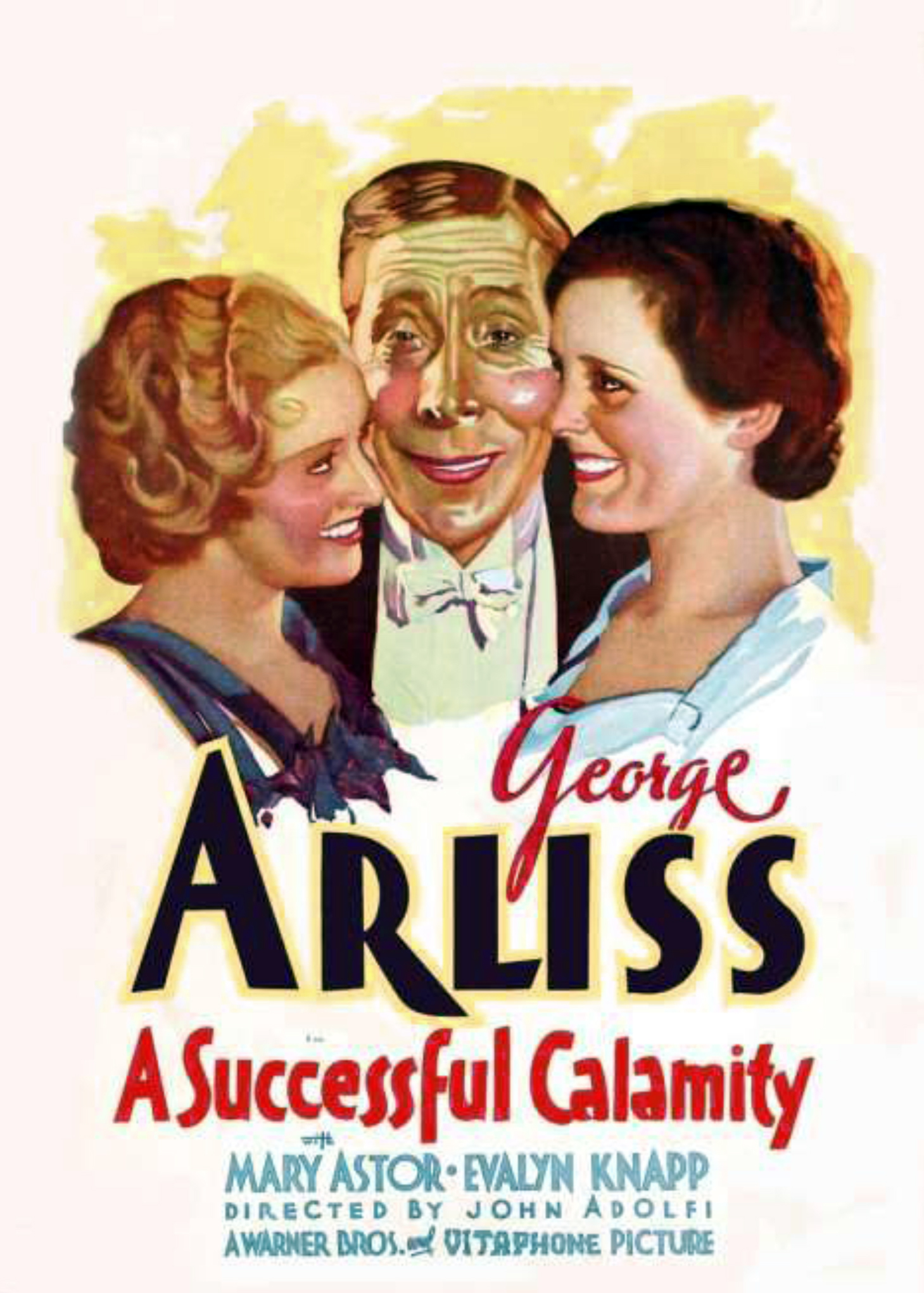


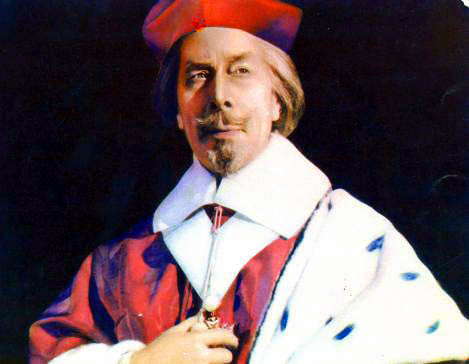

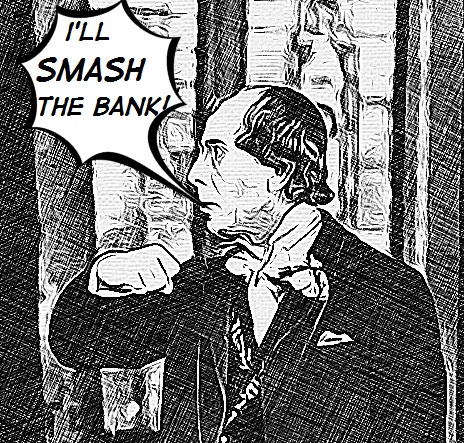


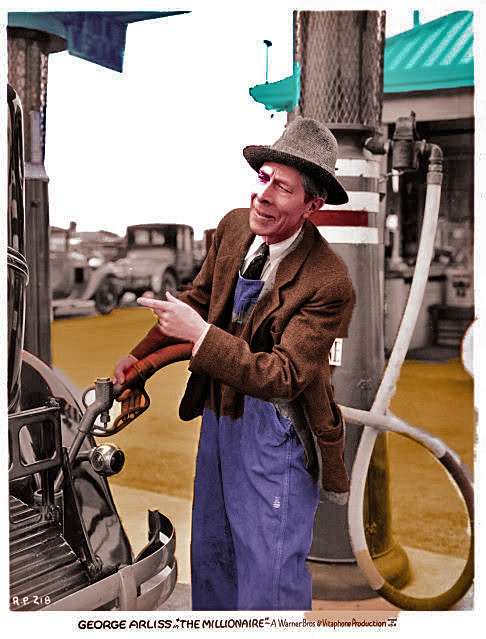

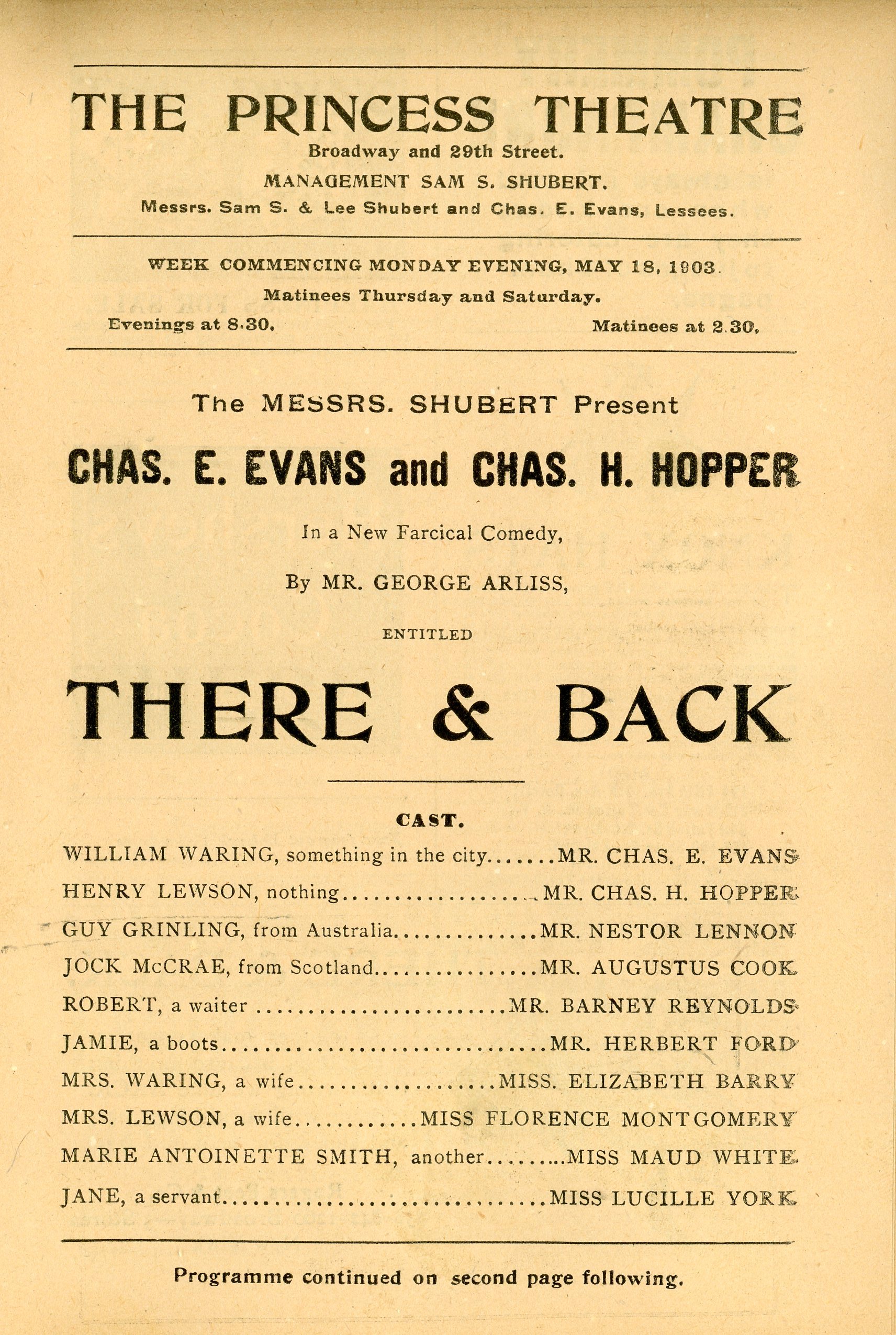

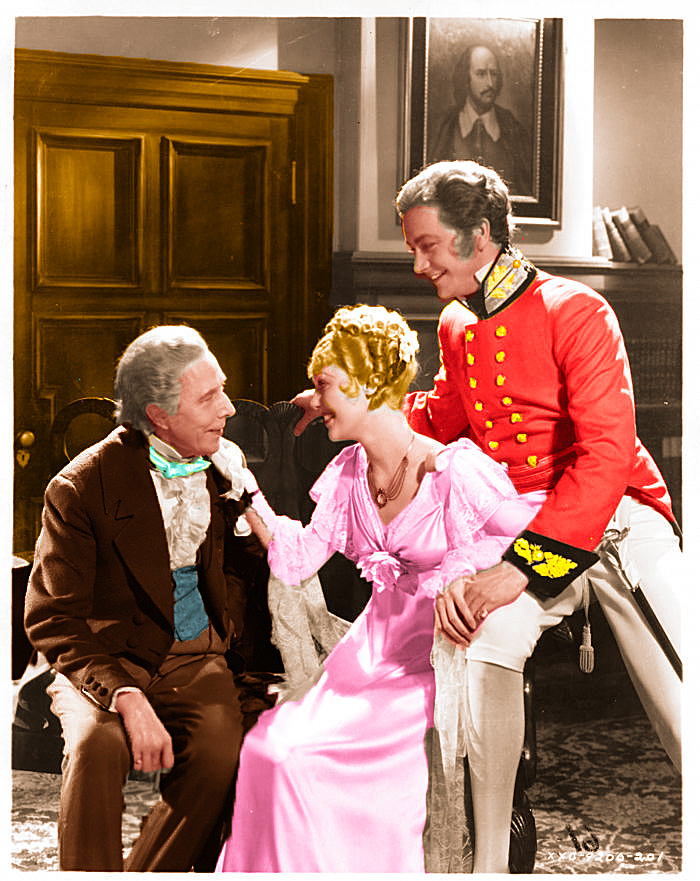
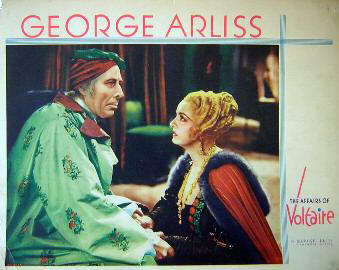
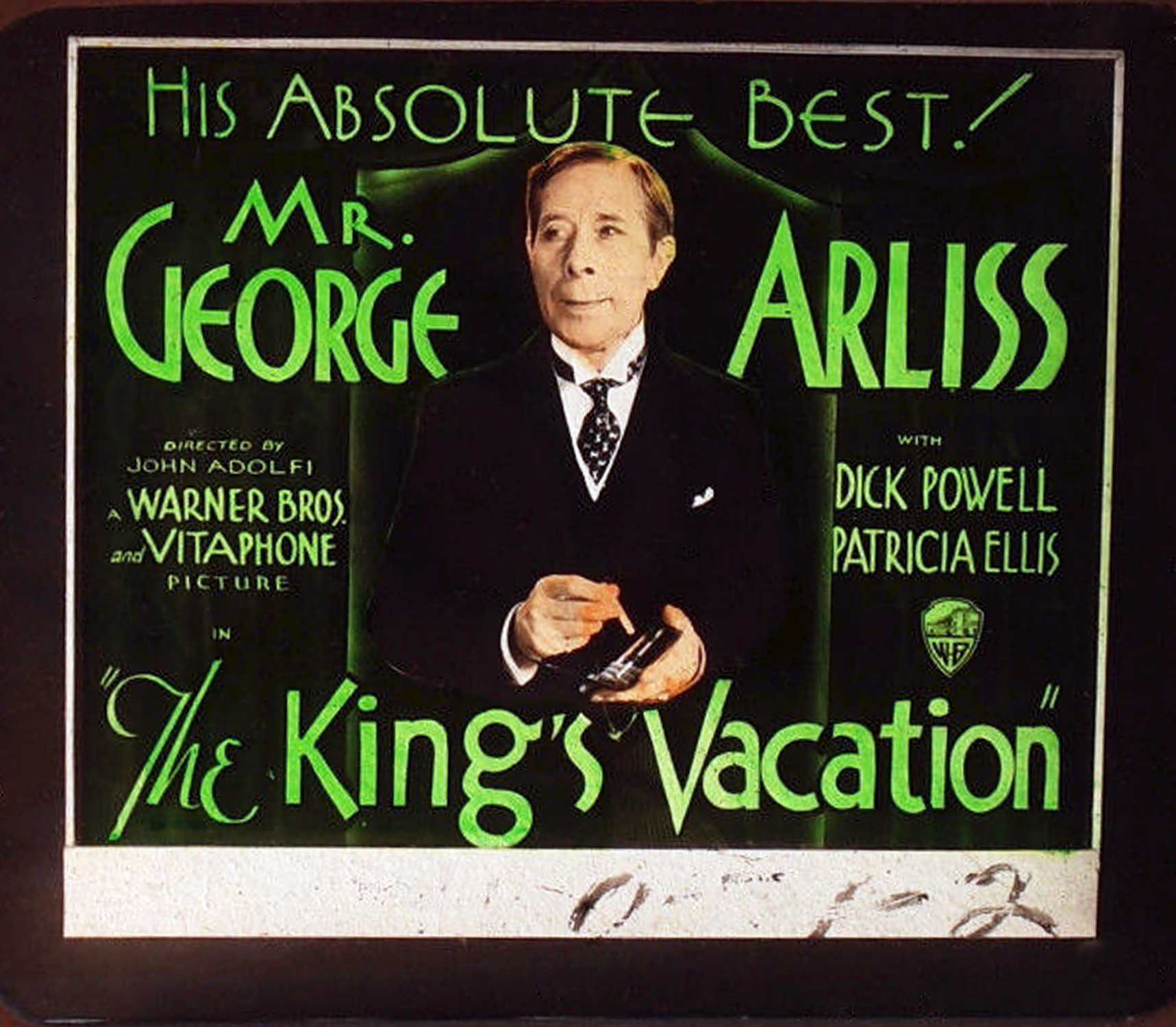

You must be logged in to post a comment.